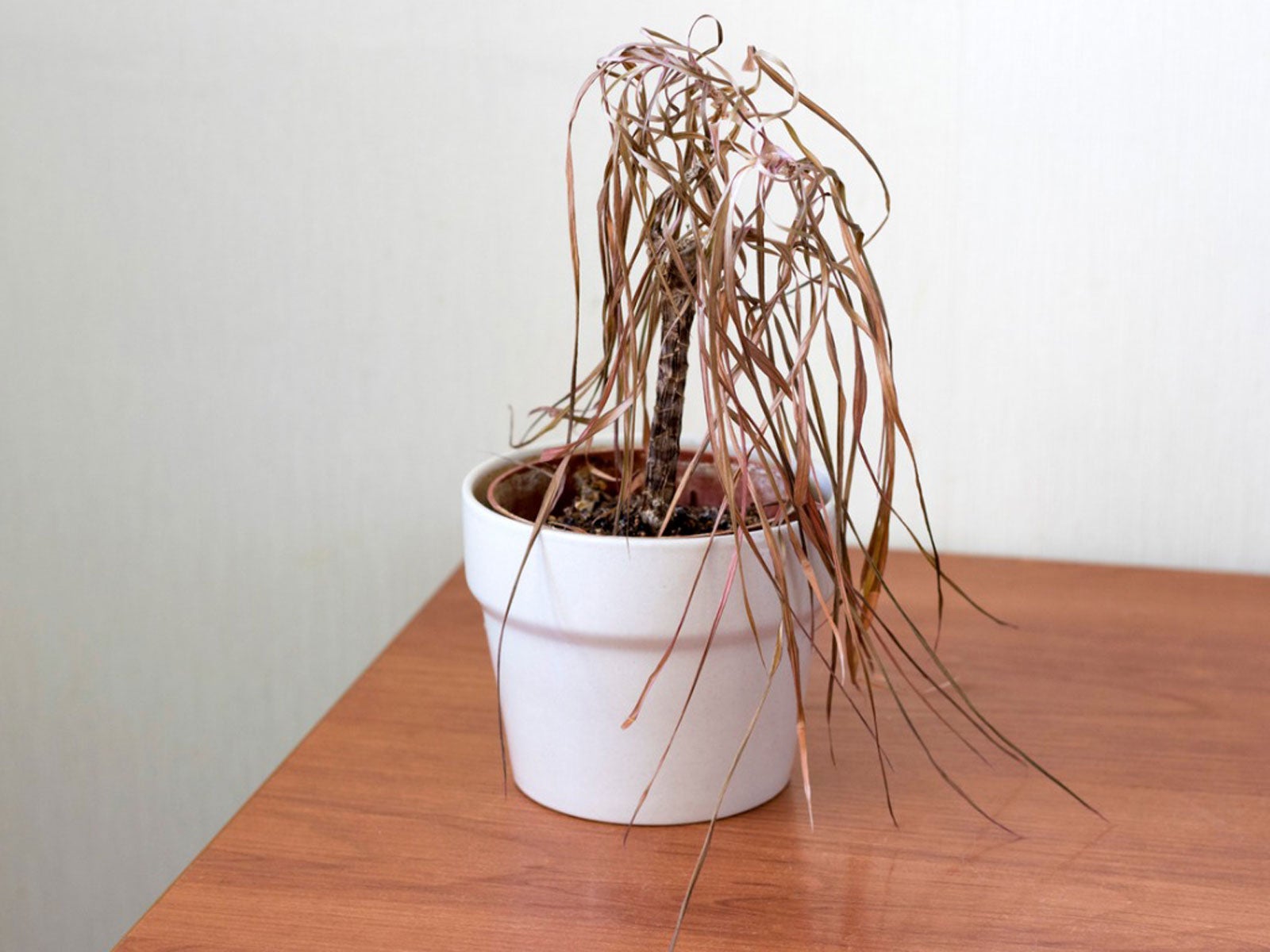

Houseplants dying too soon? It’s a frustrating experience for many plant enthusiasts. This article dives deep into the reasons behind premature plant demise and offers actionable solutions for fostering healthy, vibrant houseplants. From understanding the fundamentals of plant care to addressing common pitfalls, we’ll unveil the secrets to creating a sustainable indoor jungle. We’ll examine the most common causes of plant death, covering watering issues, lighting concerns, pests, and more. This comprehensive guide offers practical strategies for troubleshooting and preventative measures, equipping you with the knowledge to nurture thriving plants within your home.
Identifying the Culprits: Unraveling the Mystery of Dying Houseplants
Understanding Common Causes of Plant Death
Houseplants dying too quickly can stem from a multitude of factors, often stemming from inconsistent care routines. Understanding these nuances is key to reviving your indoor garden. Improper watering techniques, inappropriate lighting conditions, and pest infestations are common culprits, often exacerbating each other. Lack of proper nutrients, poor soil quality, and inadequate drainage can also lead to premature death. By pinpointing the root cause, you can address the problem effectively and promote healthy growth.
The Watering Woes: How Overwatering and Underwaterings Hurt
The Importance of a Consistent Watering Schedule
Watering is arguably the most critical aspect of houseplant care. Overwatering leads to root rot, a common cause of plant demise. This happens when the soil remains consistently saturated, depriving roots of the oxygen they need. Underwatering, on the other hand, can quickly dehydrate your plants, leading to wilting and eventual death. A consistent watering schedule, tailored to your plant’s specific needs, is crucial for maintaining healthy moisture levels. The ideal watering routine varies depending on the plant type and your specific environment.
Related Post : Recycling System at Home Not Working Efficiently? How to Simplify It
Lighting Landscape: Understanding Light Requirements
Optimal Light Conditions
Light is paramount for photosynthesis and overall plant health. Different plant species have varying light requirements, and an inadequate light source can lead to stunted growth and eventual death. Insufficient light results in weak stems, pale leaves, and an overall frail appearance. Conversely, excessive light exposure can lead to sunburnt leaves. Accurately assessing your home’s natural light levels and selecting the right plant species are key factors in maximizing their health.
The Pest Problem: Unmasking the Threats
Common Pests and Effective Solutions
Inspect your plants regularly for pests. Common pests like aphids, spider mites, mealybugs, and scale insects can quickly infest and damage your plants. These pests feed on plant sap, leading to stunted growth, discolored leaves, and eventually, plant death. Early detection and prompt treatment with appropriate insecticides are crucial in mitigating pest infestations. Regular checks and a proactive approach can help prevent widespread damage and ensure the longevity of your plants.
Repotting for Success: Giving Your Plants a Fresh Start
Repotting Frequency and Techniques
Over time, plants outgrow their pots. Repotting is a crucial step in maintaining optimal growth and health. A root-bound plant may struggle to absorb nutrients and water effectively, leading to decline and death. Understand the ideal repotting frequency for your specific plant types, choosing the right pot size, and using appropriate potting soil are essential for sustained growth. Proper repotting techniques can revitalize your houseplants, giving them a fresh start in a more suitable environment.
Choosing the Right Plant for Your Space
Considering Plant Compatibility
Not every plant thrives in every environment. Understanding the light requirements, watering habits, and overall needs of each plant species is essential. Consider the amount of natural light your home receives, the humidity levels, and the temperature range. Choosing the right plants for your specific environment will greatly increase the chance of their survival.
Nurturing a Healthy Environment
Creating a Supportive Indoor Ecosystem
Maintaining a balanced and supportive environment, even in an indoor setting, greatly enhances your plants’ ability to thrive. Consider factors such as temperature, humidity, and ventilation. Proper air circulation is crucial, especially in close quarters, and maintaining stable temperatures will help avoid shocking your plants. By carefully considering these aspects of plant care, you can cultivate a healthier indoor ecosystem.
Providing Essential Nutrients
The Importance of Soil and Fertilizers
Proper soil composition and appropriate fertilization are essential. Select a high-quality potting mix that provides adequate drainage and nutrient retention. Use fertilizers tailored to the specific needs of your plants, and follow the recommended application guidelines. Avoid over-fertilizing, which can harm your plants.
Cultivating a Thriving Indoor Garden
The Joy of Gardening at Home
Cultivating a thriving indoor garden can bring immense joy and a deep connection to nature. Follow these tips to foster a thriving environment for your houseplants. By understanding the needs of your plants and implementing sustainable practices, you can create a beautiful and vibrant indoor haven. Regularly monitor your plants for signs of distress, and adjust your care routine accordingly. Consider seeking expert advice when needed to ensure their optimal health and well-being. Don’t be discouraged by setbacks—with the right knowledge and care, you can cultivate a lush, vibrant indoor garden that brings joy and serenity to your home.
In conclusion, understanding the factors that contribute to houseplant demise is crucial for ensuring their thriving health. By meticulously observing your plants, adjusting your care routine based on their specific needs, and nurturing a supportive environment, you can transform your home into a vibrant haven for your green companions. Consider repotting, addressing potential pest issues, and refining your watering regimen. Happy growing! If you’re still struggling, don’t hesitate to seek further guidance from online communities or consult a local gardening expert. Remember, a little extra attention goes a long way in fostering flourishing houseplants.